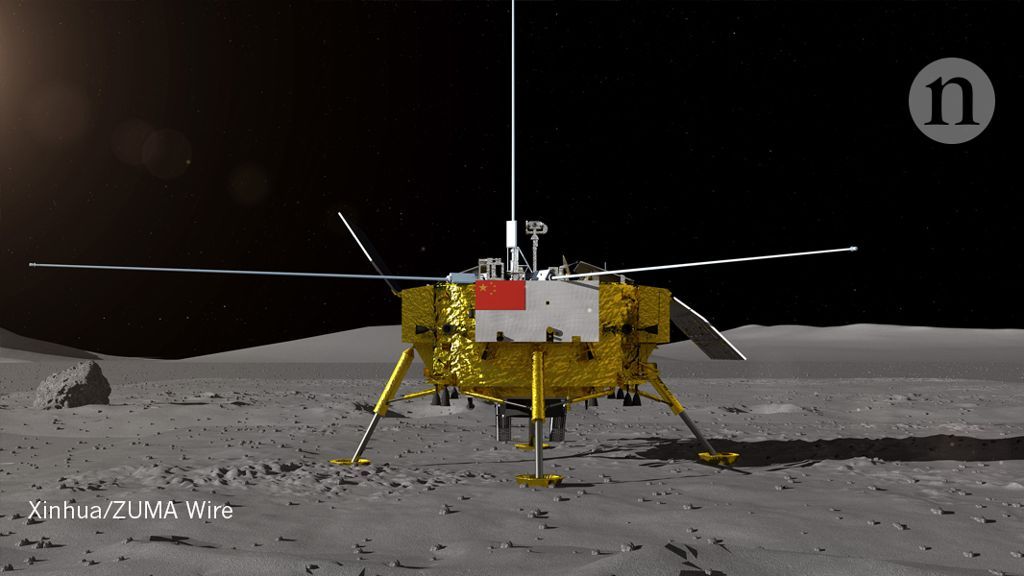The golden rock on Mars: NASA revealed this image of taken of ‘Little Colonsay,’ a potential meteorite, on the surface of the red planet. It was taken by the rover’s ChemCam. Curiosity is now heading back for a closer look.
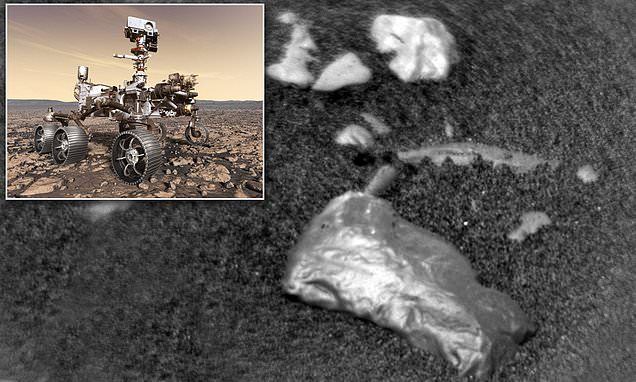

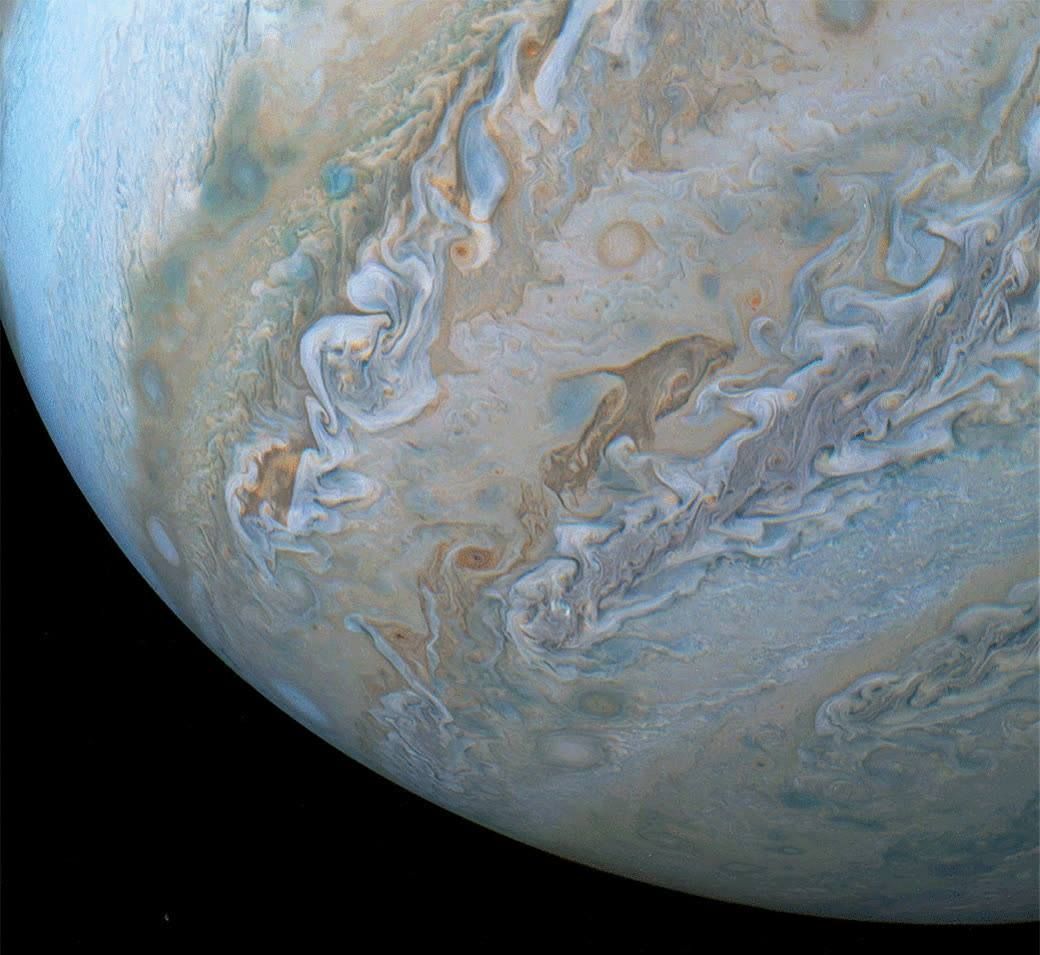
When performing its 16th close flyby, the spacecraft captured images of what looks like a dolphin moving through the changing cloud formations across Jupiter’s southern hemisphere. Dive in for a closer look: https://go.nasa.gov/2rfQ75j&h=AT2U4DpfasZJq2Zb_KCBcptaksIdQo2wiJeMjHHAiTcY1q39WGkIJe5E3Fpz6UGp0W6DwtGOzJr-CHZHDevG3UPtEtVgrjbhG-6znRU8YuA1ITBE1nQbrV00V5u2NOOqMKjwha5sSAHhsnIBzXiHB5fz4AgQms_RbNirVo2zwWx6NrMfiWvF0g
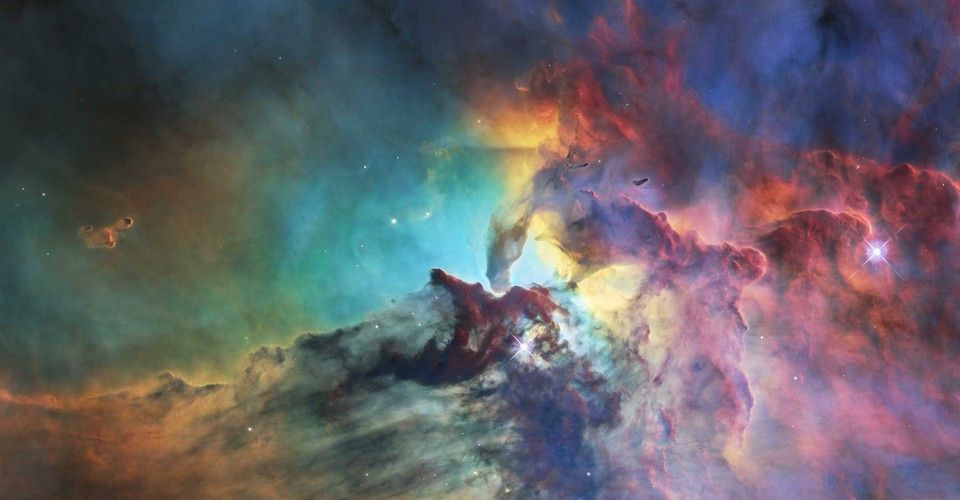
It’s that time of year again, time for one of my favorite holiday traditions: the 11th annual Hubble Space Telescope Advent Calendar. Every day until Tuesday, December 25, this page will present one new incredible image of our universe from NASA’s Hubble telescope. Be sure to bookmark this calendar and come back every day until the 25th, or follow on Twitter (@TheAtlPhoto), Facebook, or Tumblr for daily updates. I hope you enjoy these amazing and awe-inspiring images and the efforts of the science teams who have brought them to Earth. As I do every year, I want to say again how fortunate I feel to have been able to share photo stories with you all year, and how much fun I have putting this calendar together every December. Wishing you all a merry Christmas, happy holidays, and peace on Earth.
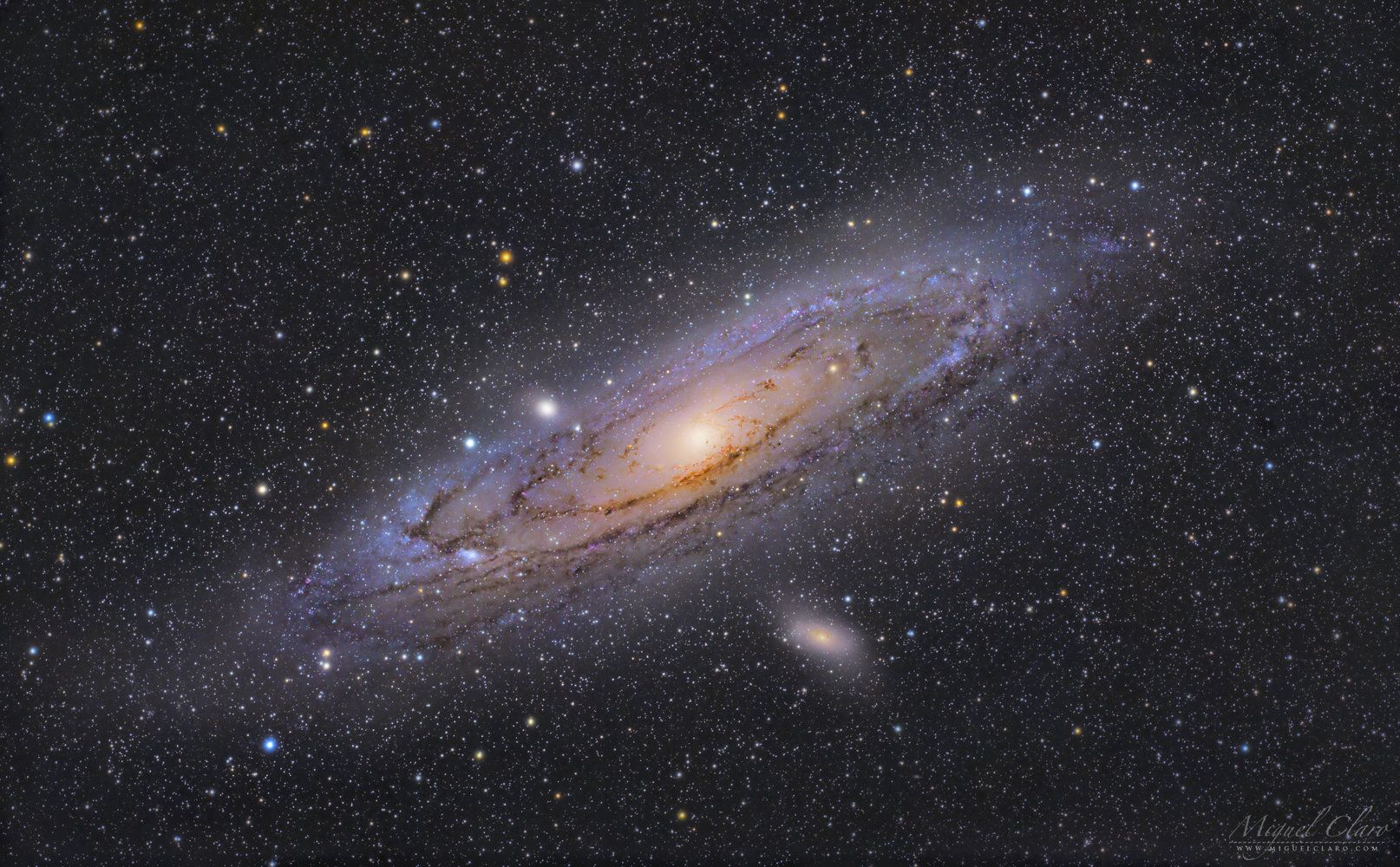
Miguel Claro is a professional photographer, author and science communicator based in Lisbon, Portugal, who creates spectacular images of the night sky. As a European Southern Observatory Photo Ambassador and member of The World At Night and the official astrophotographer of the Dark Sky Alqueva Reserve, he specializes in astronomical “Skyscapes” that connect both Earth and night sky. Join Miguel here as he takes us through his photograph “The Colourful Spiral Galaxy of Andromeda.”
Around the same time that the first human ancestors of the genus Homo roamed the Earth, light from the Milky Way’s closest neighboring galaxy began its 2.5 million-year trek to our planet, creating the image we see today.
Homo, the genus that includes modern humans, is estimated to be between 1.5 and 2.5 million years old. Meanwhile, the Andromeda galaxy (M31) is 2.5 million light-years away from Earth. In the amount of time it took for that light to reach us, humans have evolved from the stone tool-wielding Homo habilis up to the point where we have the necessary technology to construct powerful telescopes, giving us the capability to observe, study, photograph and understand the wonders of the vast universe. [Andromeda Galaxy Photos: Amazing Pictures of M31].
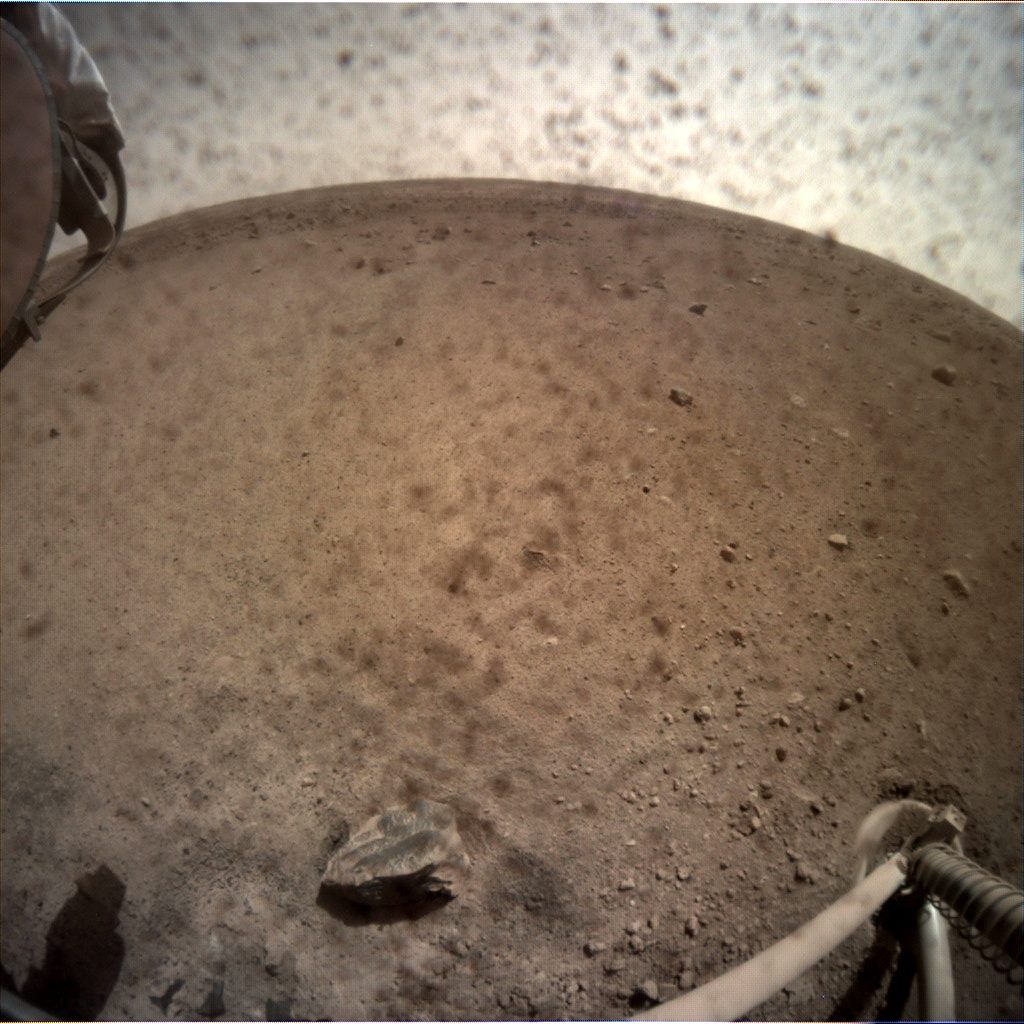
It’s been a busy few days and now, a new picture of Mars without the camera lens cover. Plus, a new view from my robotic arm camera. Read: http://go.nasa.gov/2Q6txLp&h=AT2OsODL_mwl4ybu3wGRiR812vXmG4BUU-nEU_qb_Trzrby4oi14EWlBZ4oKtFowB4Fjy6qAMTO_Re4ZA6qaZ5_KdBfTor2zwJQQ65BiKNJOwhqER6Pjuyx_iKSgLKzET0Gp2xO2GRCtJydwqJ9MUnmceOcb0qLFtMC5iLommXkrzAbytm_fqcCRzw
More Mars pics: go.nasa.gov/InSightRaws
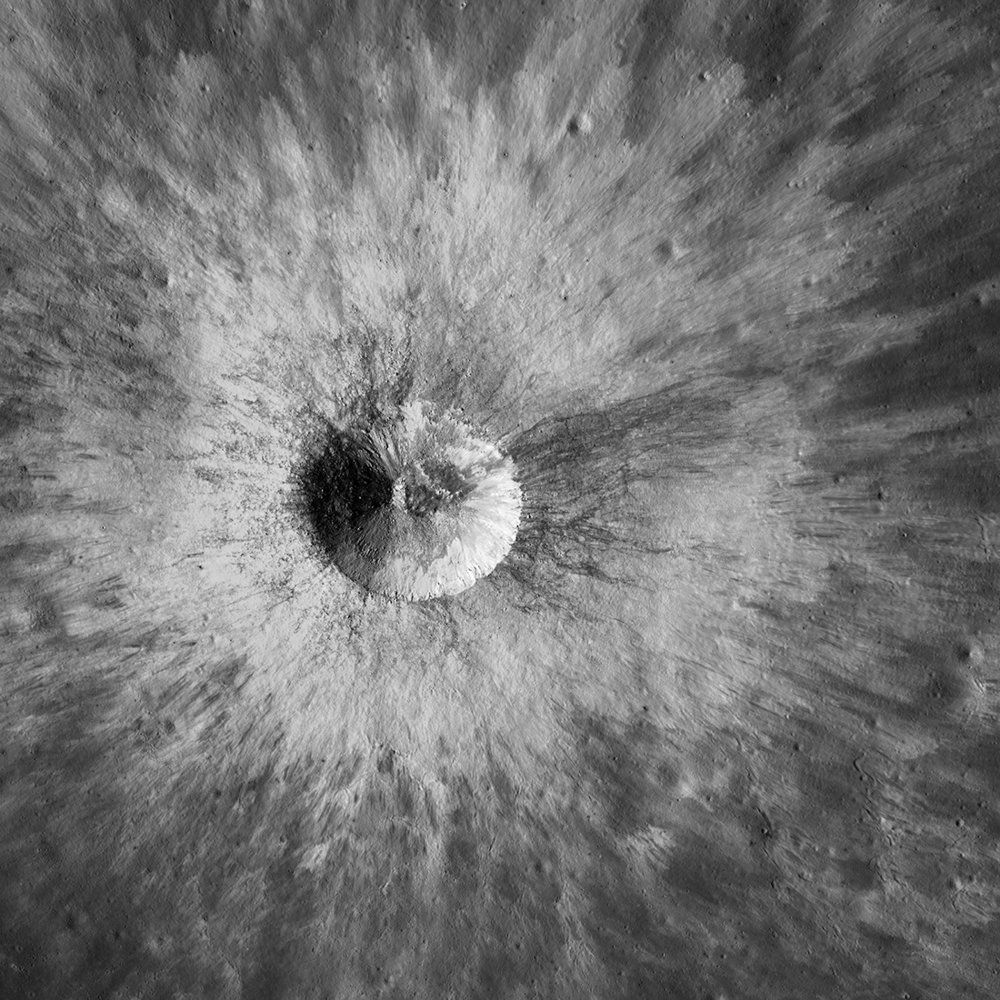
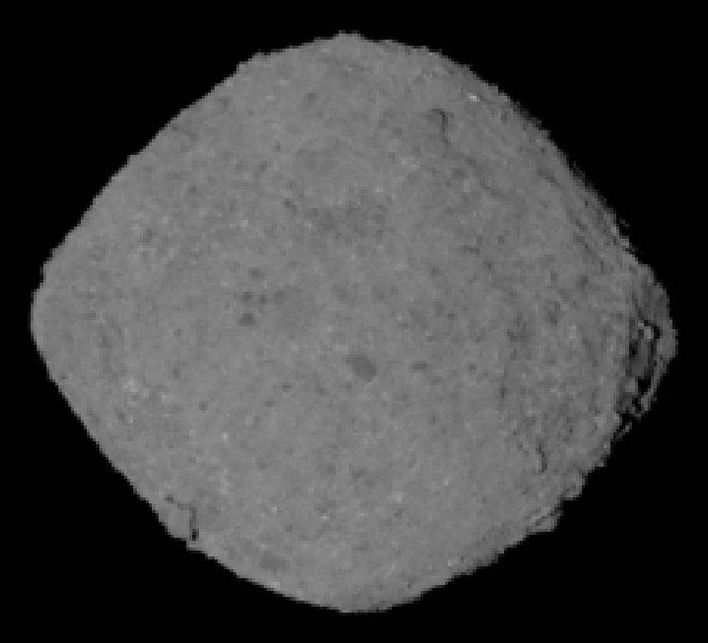
I hope you’re not all partied out after the InSight lander’s successful touchdown on Mars this week, because there’s another big spaceflight event just around the corner.
NASA’s OSIRIS-REx probe will officially arrive at the near-Earth asteroid Bennu at about 12 p.m. EST (1700 GMT) on Monday (Dec. 3), ending a 27-month deep-space chase. NASA will mark the occasion with a special webcast event from 11:45 a.m. to 12:15 p.m. EST (1645 to 1715 GMT), which you can watch live here at Space.com, courtesy of NASA TV.
The space agency will also air an “arrival preview program” at 11:15 a.m. EST (1615 GMT). You can catch that here at Space.com as well. [OSIRIS-REx: NASA’s Asteroid Sample-Return Mission in Pictures].


During my first full day here, I broke my first record by generating more electrical power than any previous robot on the surface of Mars. I’m in a sandy area with few rocks, soaking up the Sun. 🌞 More about where I landed: http://go.nasa.gov/2RvGiMl&h=AT18X8EjCOTXbtitHthnNUzrg5IiHWxuTFVhHPMXyyEEA4VdPSME5PX8nwSa-ISk_Xuwzz7eeaOk6Tq9VZg7CExA6AvzNIZSSP6zngWVcR9iKrfcrwE–03z6S9fI4x8Ba_PJ4FGsQdcQ3Po5y4B4Bser92CEtngrPBUQTt0wWO_hdXyp1W1lBoVnw
